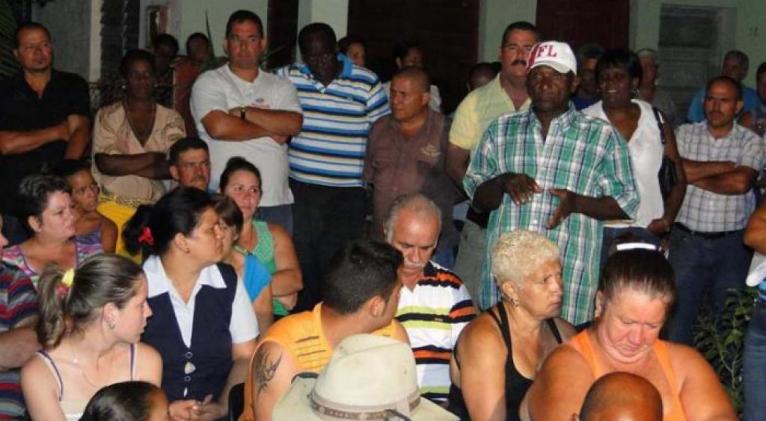The Challenge to Manage Social Property
especiales

The social ownership of production means will always prevail in Cuba, the main challenge is how to manage and modernize social property, government vice-president Marino Murillo recently said.
Speaking with potential investors about the opening of Cuban economy to foreign capital, Murillo referred to those sectors needing investment, such as agriculture and renewable energy sources.
Cuba expects to reach a 2.2 percent economic growth in 2014, but to speak about development the country’s Gross Domestic Product must increase between five and seven percent a year, said the vice-president and added that achieving such a goal requires investment rates of 20 percent, which are present are only of 2 percent.
Cuba needs between 2 and 2.5 billion dollars annually, following the adoption of new legislations that make the economy more flexible as the country gets into a new stage in the implementation of the most complex transformations, said Murillo.
Production sectors are now making a larger contribution to the country’s GDP, he said and he referred to agriculture, which faces what he called a complex situation. This means that out of nearly two billion dollars needed to produce food, the country can only contribute half of that amount.
Cuba dedicates 6.2 million hectares to agriculture and financing in the sector cannot be recovered in the short term; this is why this important economic are is opened to foreign investment.
In Cuba 95 percent of the total power generation is based on oil. This is a reason to think of the need to develop renewable energy.
Another important and ongoing transformation targets Cuban state-owned companies by providing these entities with more autonomy in their operations. This initiative comes along the necessity to eliminate the double currency that exists in the country, so that the national currency, the Peso, finally plays its role.
In recent statements, Justice Minister Maria Esther Reus stressed the large number of legislations and regulations adopted in 2013 and 2014. This is part of a process to adjust the Cuban model to the current economic and social conditions following a long-term program aimed at building a prosperous and sustainable socialist system.













Add new comment